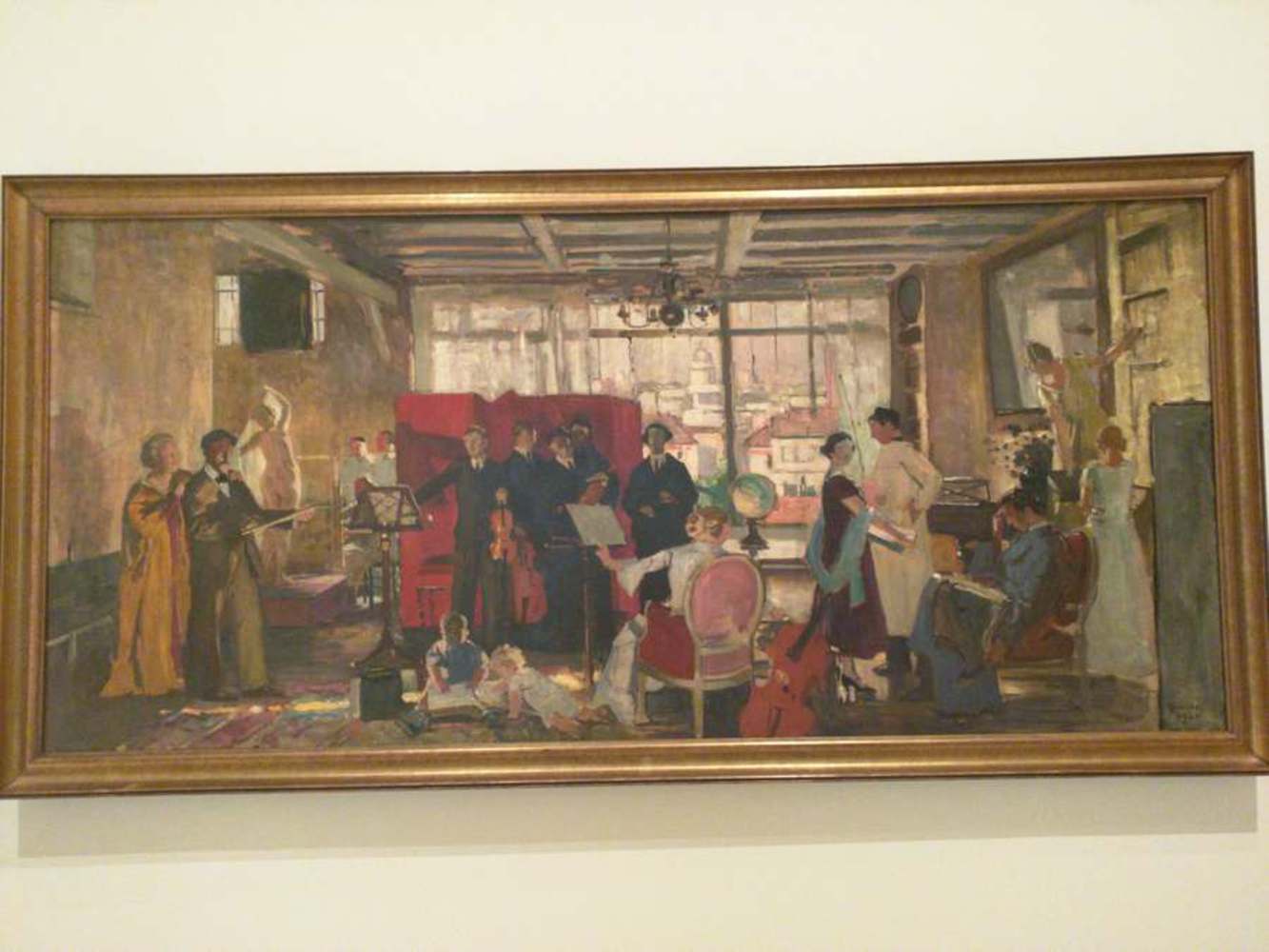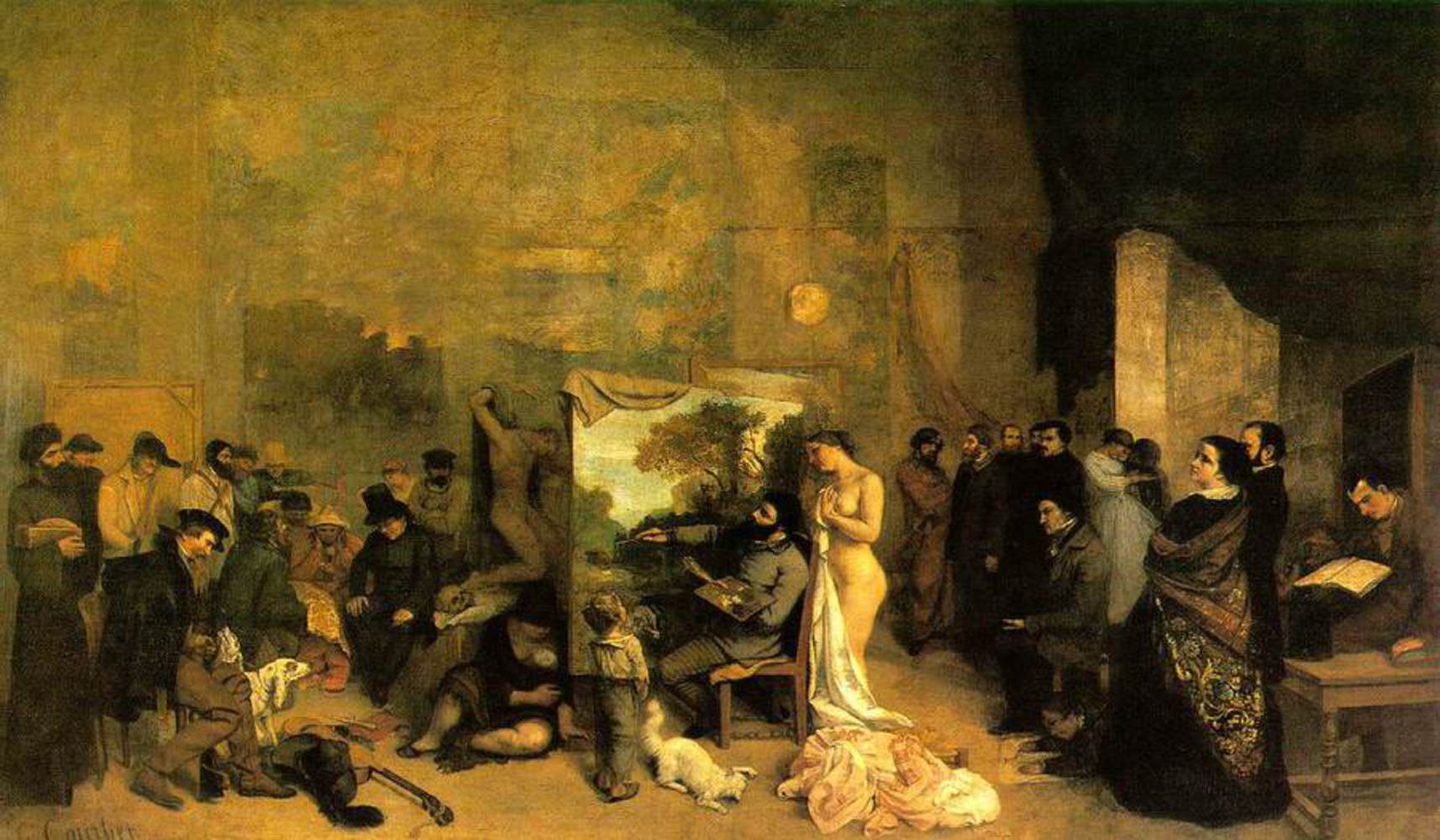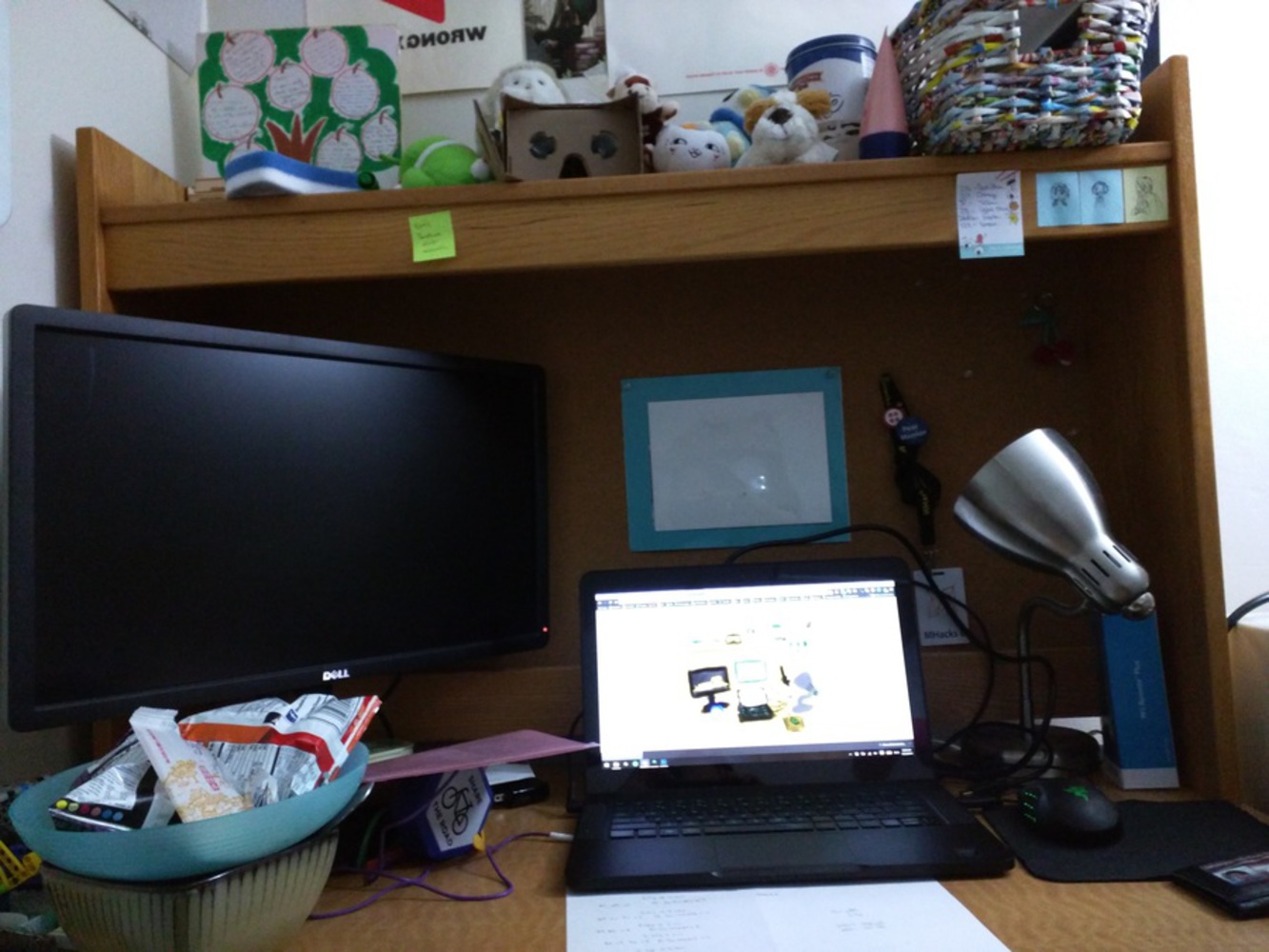Schola (1926), by Lucien Simon
In 1926, Lucien Simon, a French painter, created Schola by using oil on canvas. Because he admired the work of Jean Desire Gustave Courbet (1819-1877) and Edouard Manet (1832-1883) and was associated with a group that admired the two, he wished to imitate their content and style. Using his friends and family, Simon reenacted the scene from Courbet's The Artist's Studio (pictured below), which featured a studio full of influences on his own life. In reconstructing Courbet's work, Simon imitated Manet's style of using flat broad brush strokes, colors, and details. In emulating these two artists, he captured both the studio and the subtle use of geometry to allow the mind to fill in the gaps. Detail is lacking in some parts, but from afar, the painting seems extremely realistic. Most of Simon's other works seem to include flat broad brush strokes as well. I would say his works are mostly realist. He liked to "transfer the psychological depth and intimacy of his portraits of family members into sympathetic portrayals of Breton village life" (source).




